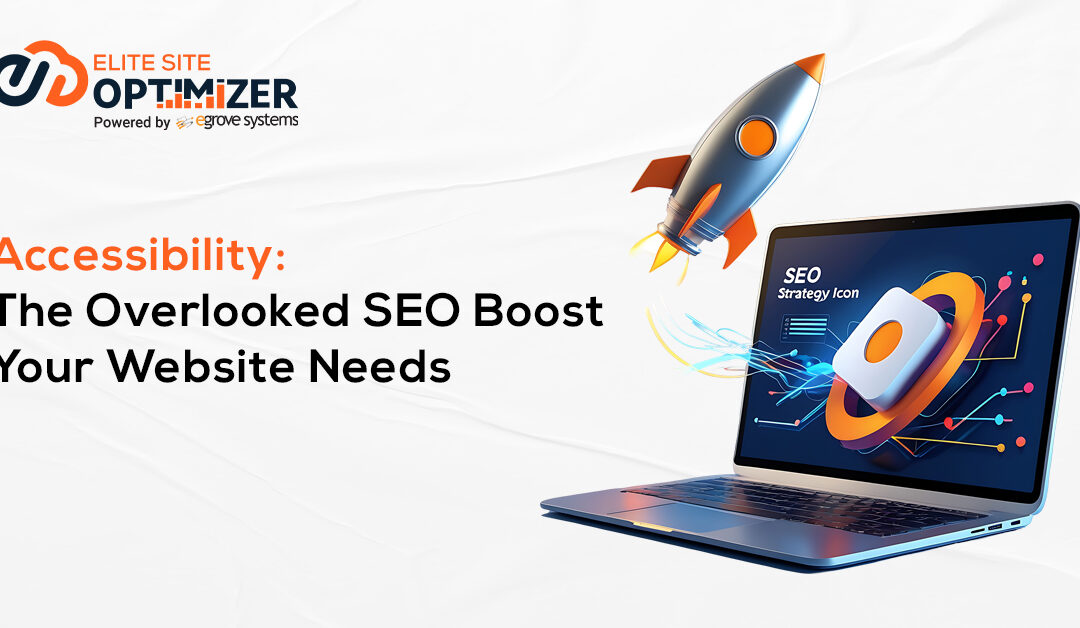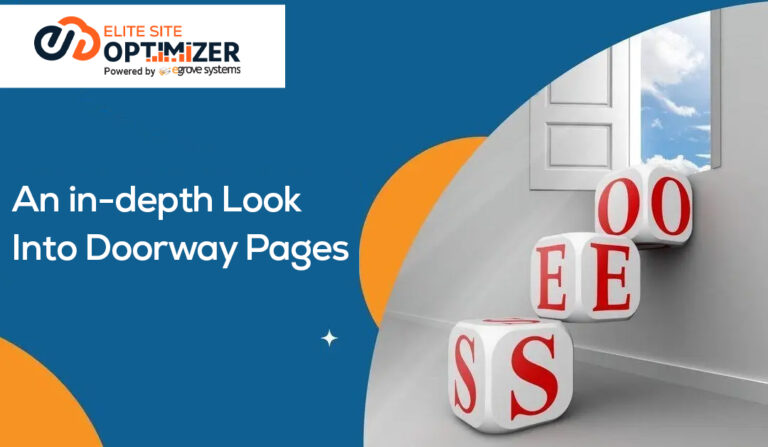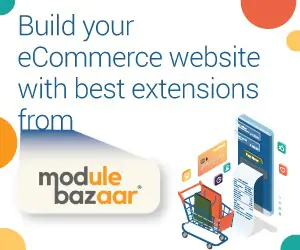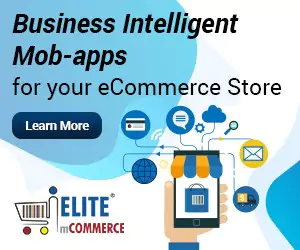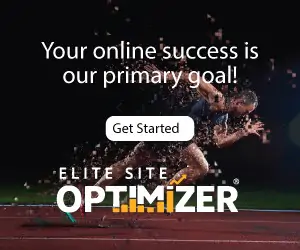When people think of SEO, they tend to think about a checklist: keywords, backlinks, quality content, site speed, etc. But there is one enormous factor that is seldom included on that checklist- website accessibility. Building an accessible website is not only a way to better accommodate users with disabilities but also serves as a more meaningful SEO benefit. Search engines want to recommend websites where users have the easiest experience accessing content, and accessibility is directly related to that. In 2025, with search engines recommitting to user experience and inclusivity, accessibility is an opportunity for growth, especially with the help of relevant web accessibility SEO services.
Basics Of Website Accessibility
At the fundamental level, website accessibility is about building a site usable by almost everyone, regardless of their physical or cognitive ability. It means that yes, a person with a visual, auditory, motor, or learning disability can access the content published on the website with ease. When you build your website to accommodate the different needs of users, you are not just making it more accessible. You are making it more organized, clean, structured, and user-friendly for everyone, which are things search engines also really like. The result? Higher ranking and better audience pulling.
Relationship Between Accessibility and SEO
At first glance, accessibility and SEO might seem unrelated, especially concerning website creation and content. One focuses on access, while the other is about rankings. However, when viewed closely, there is significant overlap. Here are a few ways in which the two overlap:
- Accessible Content Structure.
Accessibility requires clear headings, ordered lists, and more structured elements to navigate through long-form sections.
- Alternative Text for Images
Alt text helps screen readers describe images, but alt text also tells search engines what your image is about.
- Video and Audio Transcripts
Having captions and audio transcripts makes content accessible for users who are hearing impaired and gives Google more text to crawl for ranking.
- Mobile-Friendly Design
Accessibility overlaps very closely with mobile optimization: bigger buttons, responsive layouts, and navigable buttons or headings improve the experience for both.
- Improved Page Experience
Faster load time, straightforward navigation, and better readability provide better usability, which relates to metrics such as Core Web Vitals.
What is good for accessibility is typically suitable for search engine optimization.
Relationship Between Core Web Vitals and Accessibility
Core web vitals are what Google uses to judge real-world user experience. Because of their focus on user experience, they have become critical to SEO. Increasingly, accessibility improvements naturally work to improve these metrics. Features like LCP, FID, and CLS act in their unique ways to improve the visual impact, simplify interactions, and enhance consistency.
How To Conduct an Accessible Website Audit
Before you get into the SEO benefits of accessibility, it is essential to understand the current status of your site through an in-depth accessible website audit. An accessibility audit of your website highlights areas of concern, helps to create a game plan, and focuses on improvements for your site.
Website Accessibility Audit Steps:
- Use Automated Tools
WAVE, Axe, or Lighthouse can scan your website for accessibility issues like no alt text, bad color contrast, and ARIA errors.
- Assist Keyboard Navigation
Can users navigate sequentially using only the Tab key? If not, keyboard navigation is not fully accessible.
- Use Screen Readers
Using screen readers like NVDA or VoiceOver will give you an idea of how accessible your website structure and content are.
- Color Contrast
Text must be readable against the background which frustrates users and accessibility guidelines for low contrast.
- Media Accessibility
Videos must have closed captions, images must have meaningful alt texts and audio files must have transcripts.
- Form Accessibility
Labeling, instructions and error messages must be clear and readable through assistive technologies and screen readers.
An accessibility audit may seem technical but think of it as a check-up for your website’s health and bacteria-free. It keeps it robust, user-friendly and ready for any SEO benefits.
Best Practices For Accessibility
If you are looking to combine accessibility and SEO, there are several simple steps you can take:
- Provide Descriptive Alt Text
Write alt text that describes the function and purpose of the image instead of focusing on keywords.
- Use Proper Heading Hierarchy
Use H1 for your title, H2 for subtopics, and H3 for sections within the subtopics. This improves flow for both users and search engines.
- Use Simpler Clear Content
Do not use jargon and keep your language simple. Accessible writing improves readability for everyone.
- Make Sure Your Site is Responsive
Check your site across devices and make sure all your content is usable on the smaller screens. Accessibility design emphasizes that all content must be usable.
- Design with Contrast for Readability
Limit the combinations of colors/fonts that are not readable by most users. For example, black text on a white background is much more accessible than light gray on white.
- Provide Multiple Accessibility Formats
Always provide transcripts with your videos and summaries of blog posts with podcasts. This improves accessibility and provides search engines with more text.
Search engines are moving beyond simply searching for keywords to adding a complete user experience with search. Accessibility is a subset of that user experience. In 2025 and moving forward, designers can expect the algorithms to give greater weight to inclusivity. If your website ignores accessibility, you run the risk of lowered rankings, while an accessible site will begin to shine as a user-first experience.
Conclusion
In 2025, treating accessibility as an afterthought is not going to work at all. It is the next thing in SEO, a secret weapon for early adopters to improve their website while others still focus on keywords and content length. It opens the content of the website to a broader audience base and allows the website to have a better structure and flow, which naturally improves the ranking to the top. For businesses that want to take advantage of the upcoming changes in the digital age, enhancing user experiences through accessibility is the way to go.

